World War II was a difficult time to live through in Britain. From the constant barrage of bombs during the Blitz and the frequent rationing of daily necessities, the citizens of Britain endured a lot.
But the suffering didn’t just affect the British people. It extended to their pets as well.
With strict rationing, there was simply not enough food for both the humans and their animals. By the end of the war, more than two million pets had been put down.
The government encouraged these acts. They secretly embarked on an anti-dog campaign, and they supported prosecuting anyone who gave milk to cats.
One of the miracles of the war is that any pets in Britain actually survived. But nowhere is there anything to commemorate the fate of these beloved pets.
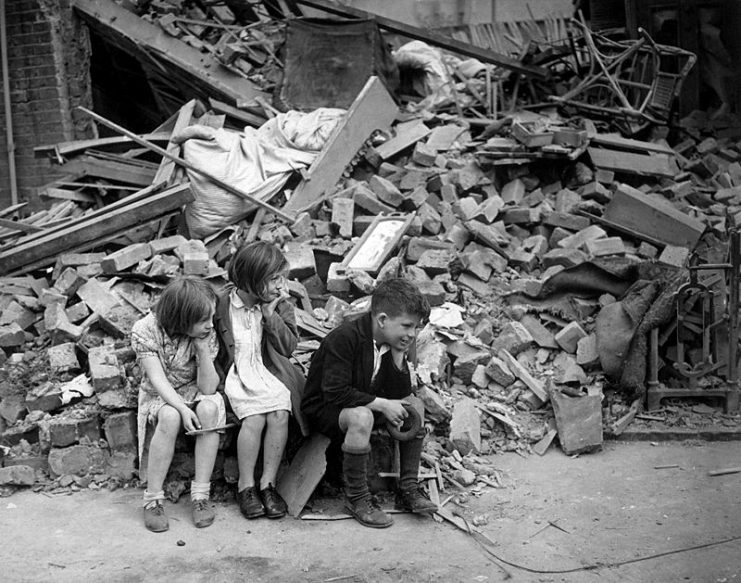
Nicola White is working to change that. One day, she discovered a dog tag on the banks of the Thames which bore the name “Bonzo.”
She began researching the dog and the family using the address on the tag. In doing so, she became obsessed with the fate of the pets who were victims of Hitler’s attack on Britain.
Alongside Clare Campbell of The Daily Mail, Nicola is working to have a bronze memorial erected in their honor and has begun a campaign to raise £25,000 for the cause.
There is already a memorial to service animals at Park Lane in London. This new campaign is to memorialize domestic pets.
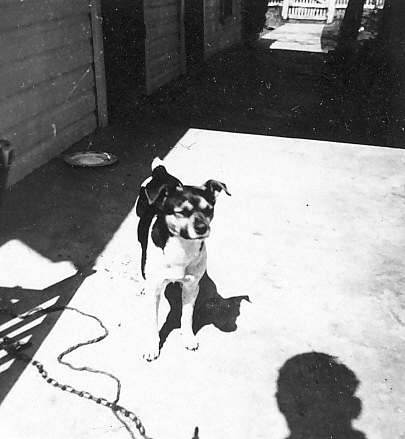
Is it superfluous to erect a monument to house pets in light of the massive human suffering that occurred in the war?
Maybe, but the grief felt by the people of Britain as they said permanent farewells to their beloved pets was a part of that human suffering and deserves to be recognized and remembered.
In the first week of the war alone, 750,000 pets were killed. This came from a mistaken belief that pets would go out of control as soon as an air raid siren went off.
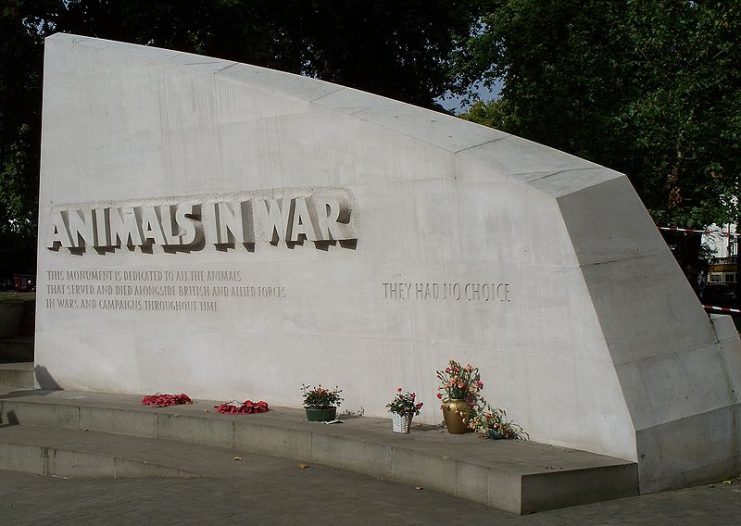
The National Air Raid Precautions Animals Committee recommended sending pets to the country before the war began or having them destroyed if sending them away was not possible. This was said to be a kindness for the animals.
The BBC reported on the committee’s recommendations which validated them to the public.
Other, more practical, concerns led to the massive cull of pets. The Home Office announced that pets would not be allowed in air raid shelters. These shelters were often packed full of people. There was no room for pets too.
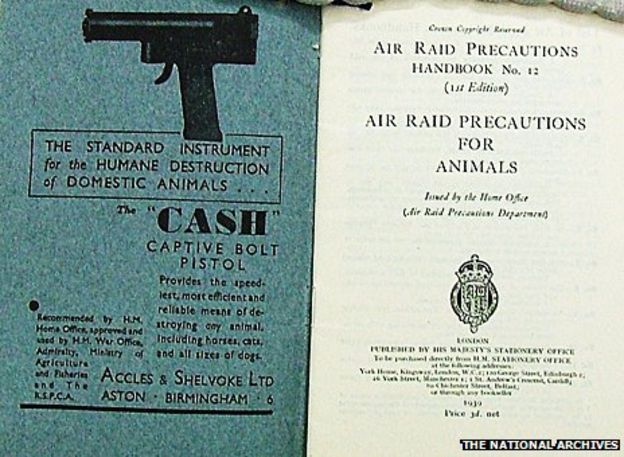
Any pets that survived the initial wave of killing were still not safe. Once the Blitz began in the fall of 1940, many homeowners simply released their cats into the streets.
Eventually, there were so many cats running free in the cities that the authorities began rounding them up and killing them.
Food rationing also had a big impact on animal numbers. The Waste of Food Order was passed in August 1940. It set a sentence of two years in prison for providing animals with food fit for human consumption.
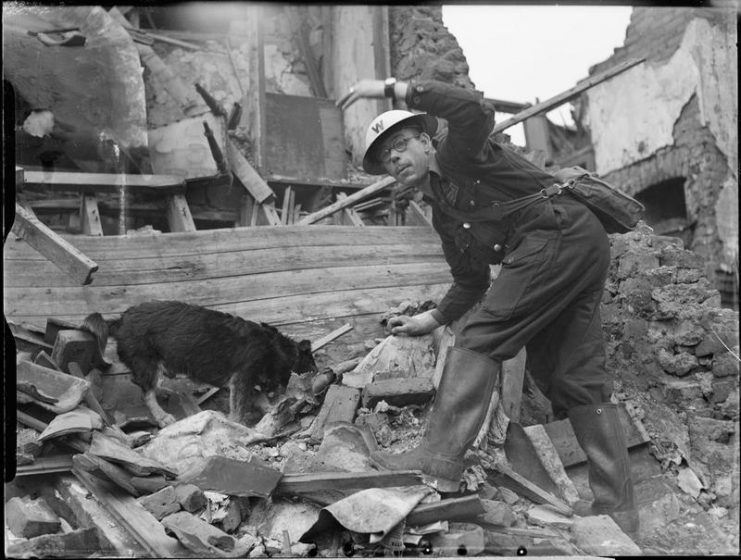
Despite this governmental desire to rid the country of all unnecessary animals, by the end of the war, such animals were starting to prove their usefulness.
Read another story from us: Faithful to the End – Service Dogs that Defied the Nazis
There were numerous stories of cats and dogs guiding rescuers to their trapped families in the rubble after a bombing. Pets were also known to soothe children when they were frightened.
For all these reasons, Nicola and Clare would like to see a memorial to the common house pet killed during World War II. It’s a simple act recognizing the sacrifice made to ensure Britain’s success in the war.
